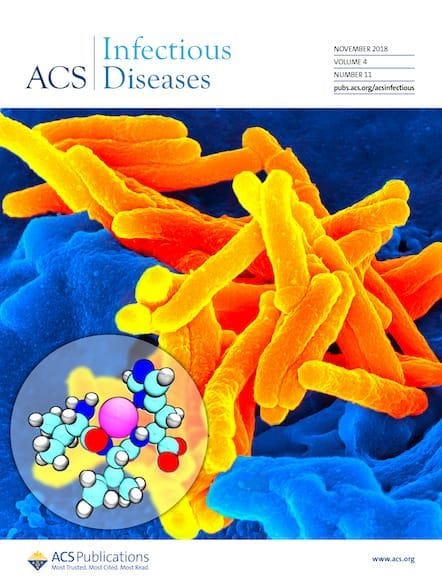Browse four papers published in ACS journals that provide insights into novel compounds and methods to inactivate infectious viral particles and bacteria.
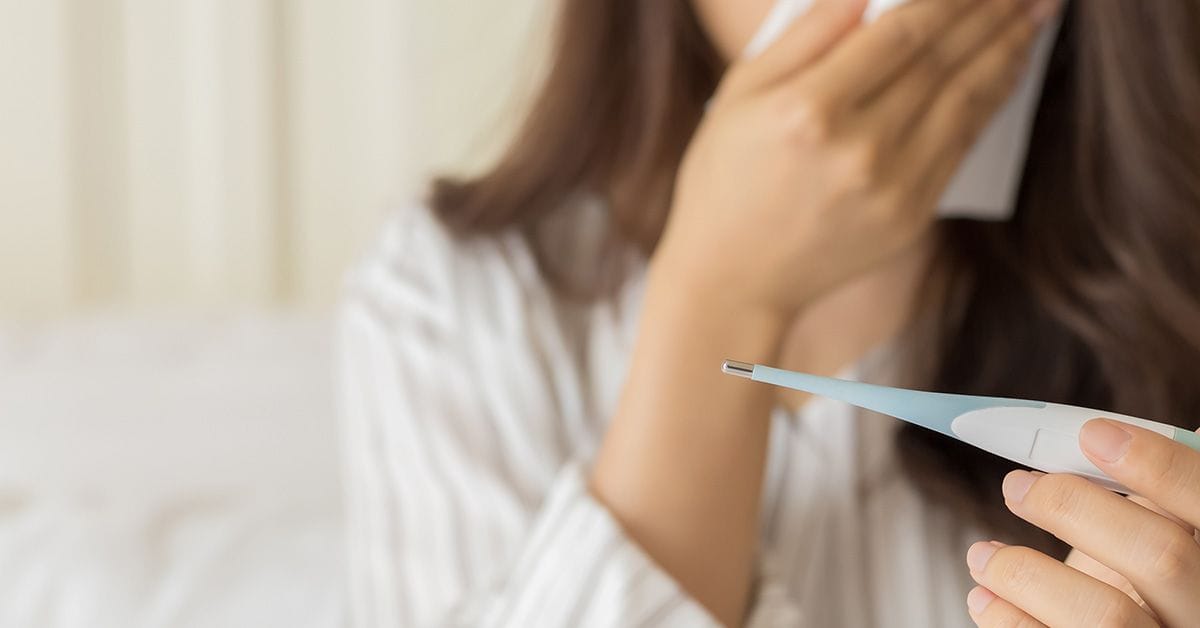
It’s peak cold and flu season in the northern hemisphere. These respiratory viruses and other infectious pathogens are spread through close contact and/or touching contaminated surfaces. Many people disinfect their homes to slow viral transmission or take antivirals to improve the recovery process if they get sick. Four papers published in ACS journals provide insights into novel compounds and methods to inactivate infectious viral particles and bacteria.
Antarctic fungus produces anti-RSV compounds
Researchers reporting in Organic Letters found that a fungus from Antarctica, Aspergillus ochraceopetaliformis, generates antiviral metabolites. The study identified the structures of four metabolites that exhibited anti-RSV (respiratory syncytial virus) activity in cell culture experiments. Further work revealed that the most active compound prevented infection by keeping viral particles from entering cells. The authors say that this compound could be developed into a safe, effective antiviral agent.
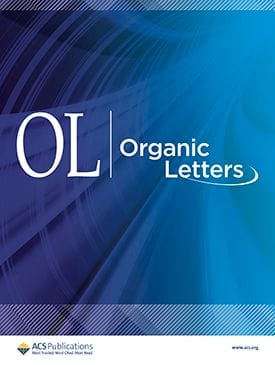
Spirochrains A–D, Four Caged [5,6,5] Spirocyclic Amides from an Antarctic Fungus Aspergillus ochraceopetaliformis SCSIO 05702 with Anti-RSV Activities
DOI: 10.1021/acs.orglett.4c04371
UV light or ozone gas effectively inactivates SARS-CoV-2 virus
Results published in ACS Applied Materials & Interfaces reinforce prior findings that UV-C light (275 nanometers) and ozone gas are potent against the virus that causes COVID-19. The authors found that UV-C light exposure for as little as 3 minutes and up to 30 minutes reduced virus infectivity by 99%. Ozone gas exposure reduced infectivity by 90% following 10 minutes of treatment; however, within the first 5 minutes, SARS-CoV-2 particles became rougher and damaged, cutting their cell-binding ability in half. Additionally, ozone was more effective to treat viruses on glass than on plastic, which the researchers say could provide insights for choosing productive disinfection practices.
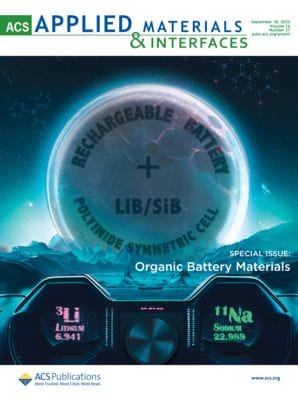
Mechanisms of Plasma Ozone and UV-C Sterilization of SARS-CoV-2 Explored through Atomic Force Microscopy
DOI: 10.1021/acsami.4c11057
Bleach or ethanol solutions remove >99% of mpox virus
Infectious mpox virus can be transmitted through contaminated surfaces. So, researchers compared the effectiveness of six common disinfectants applied to stainless steel, glass, plastic, latex, ceramic and wood surfaces infused with mpox virus. The researchers recommend in Environmental Science & Technology to clean with either 0.05% bleach or 70% ethanol solutions. These disinfectants inactivated more than 99.4% of infectious mpox virus from all the surfaces tested.
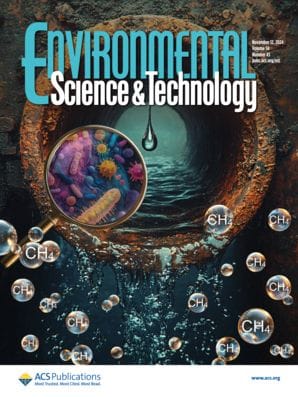
Efficacy of Disinfectants for Monkeypox Virus Inactivation on High Touch Surface Materials in Low-Resource Settings
DOI: 10.1021/acs.est.4c09821
New class of disinfectants for health care settings
Pseudomonas aeruginosa, a pathogen responsible for pneumonia, urinary tract infections and other common illnesses in hospitals, is becoming resistant to disinfectants and drugs. Now, a study published in ACS Infectious Diseases describes a new class of quaternary phosphonium compounds that disarm pathogens by disrupting the inner membrane of their cell walls. In experiments, the biocides were highly effective against multiple P. aeruginosa strains, including those that are multidrug-resistant.
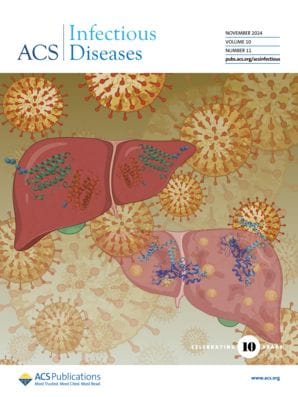
Highly Effective Biocides against Pseudomonas aeruginosa Reveal New Mechanistic Insights Across Gram-Negative Bacteria
DOI: 10.1021/acsinfecdis.4c00433
This article roundup is brought to you by the ACS Science Communications team—learn more below.
